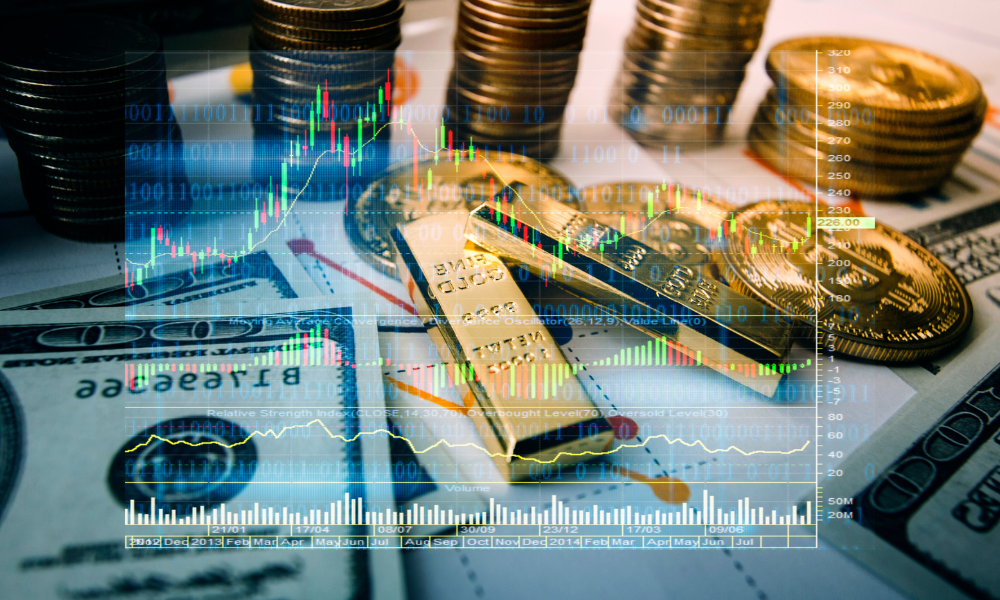

by Sybilla Gross
Gold traded near a two-month low, as traders wind back expectations for a Federal Reserve interest-rate cut next month after comments from Jerome Powell underscored resilience in the US economy.
Bullion has fallen six days in a row and is set for a weekly loss of more than 4%, the most since June 2021. Traders pared back expectations for lower rates in December and policy-sensitive US bond yields jumped after Powell said that the central bank will be in no rush to cut given the “remarkably good” performance of the economy. Lower borrowing costs and declining yields tend to benefit gold, as it doesn’t pay interest.
The precious metal has dropped about 8% from a record high on Oct. 31, with losses accelerating after Donald Trump’s election victory last week. A gauge of the dollar has risen to a two-year high on expectations that a Trump presidency will lift economic growth and corporate profits. A stronger greenback makes commodities priced in the currency more expensive for most buyers.
Still, gold is up more than 20% this year, with gains supported by the Fed’s easing cycle, central bank purchases and heightened geopolitical and economic risks that have driven haven demand.
Spot gold fell 0.1% to $2,563.19 an ounce as of 2:54 p.m. in Singapore. The Bloomberg Dollar Spot Index was down 0.2% after hitting the highest level since 2022 on Thursday. Silver and platinum fell while palladium gained.

Relationships are key to our business but advisors are often slow to engage in specific activities designed to foster them.

Whichever path you go down, act now while you're still in control.

Pro-bitcoin professionals, however, say the cryptocurrency has ushered in change.

“LPL has evolved significantly over the last decade and still wants to scale up,” says one industry executive.

Survey findings from the Nationwide Retirement Institute offers pearls of planning wisdom from 60- to 65-year-olds, as well as insights into concerns.
Streamline your outreach with Aidentified's AI-driven solutions
This season’s market volatility: Positioning for rate relief, income growth and the AI rebound
